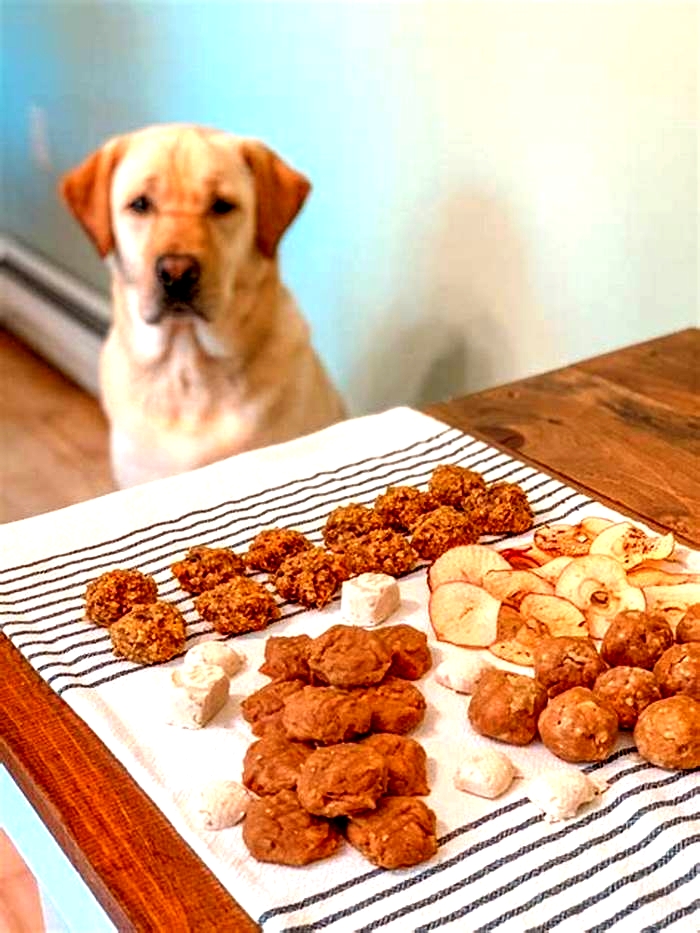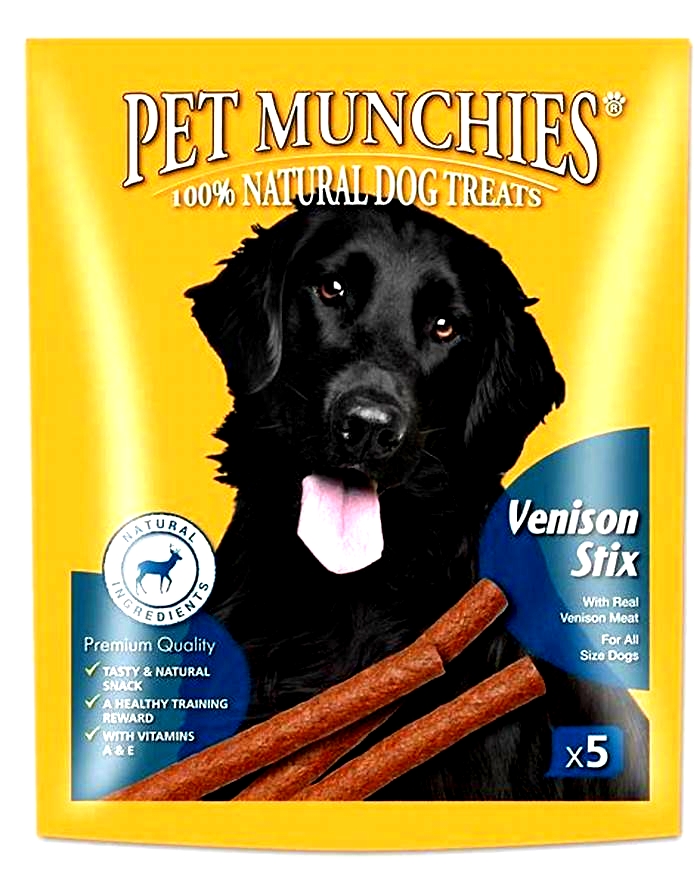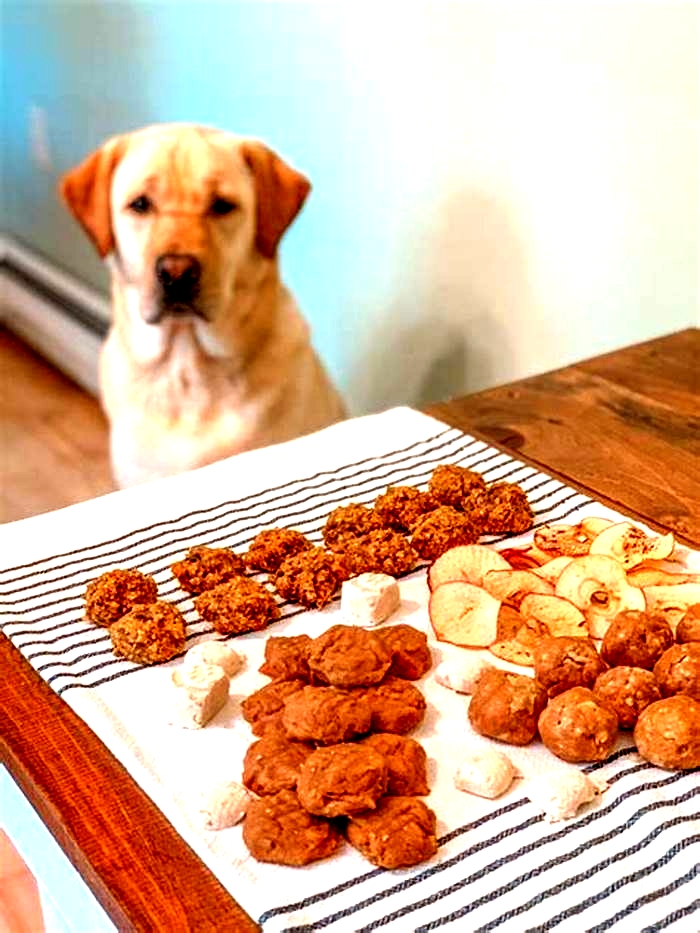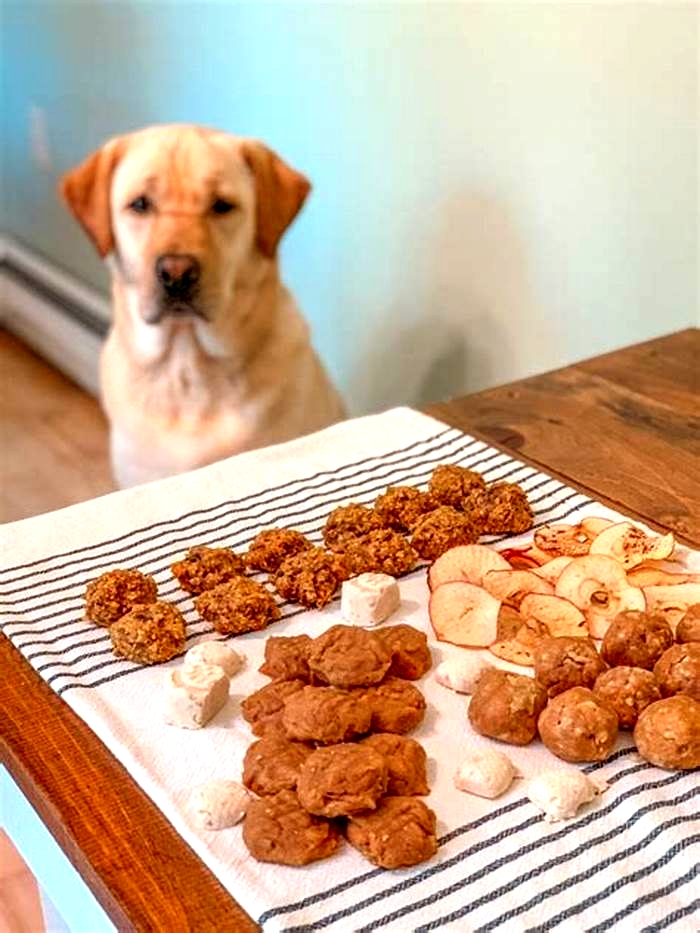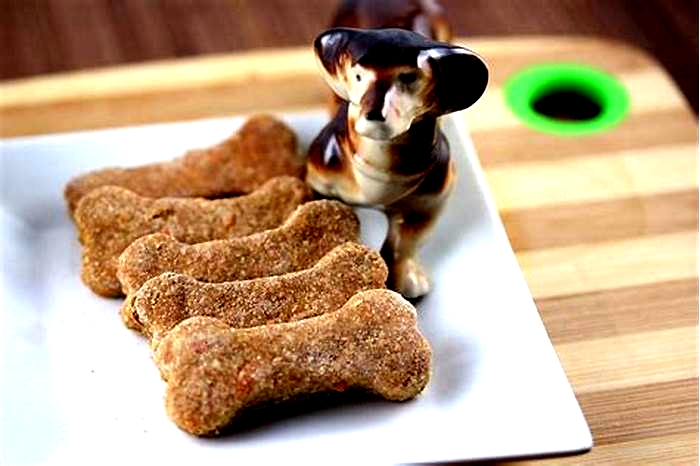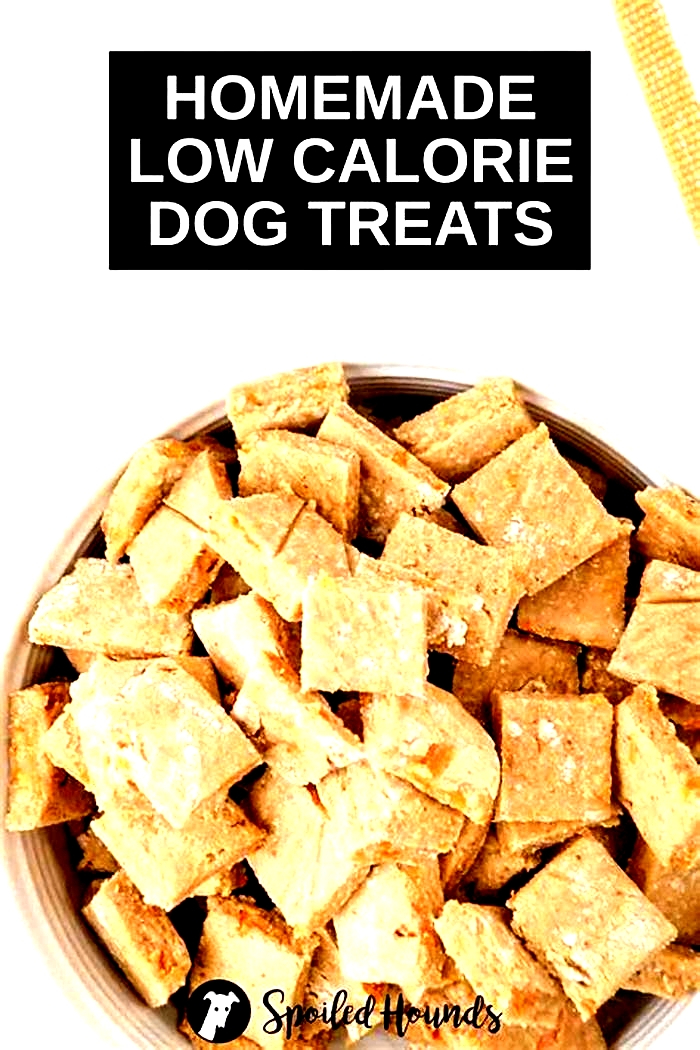low calorie natural treats for dogs
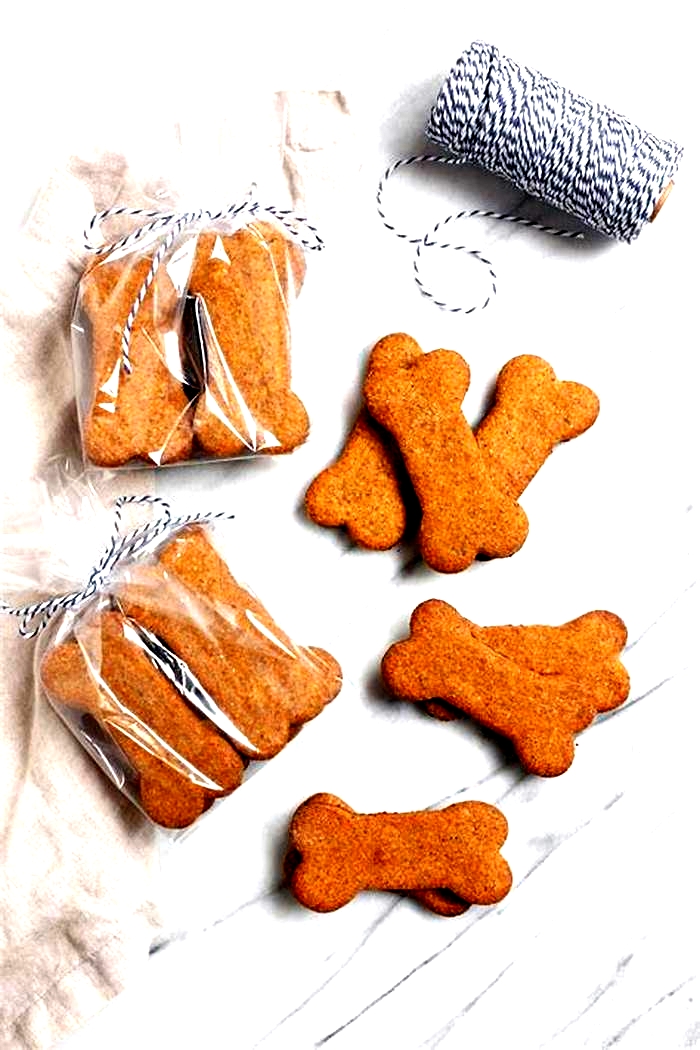
Low Calorie Dog Treat Recipes
This feature requires JavaScript to be turned on.Low Calorie Dog Treat Recipes
Healthy low calorie dog treat recipes that taste yummy too? You bet!
Every low-cal dog treat on this page is packed full of wholesome and delicious ingredients that are good for your dog... and they taste great too. My dogs are the taste testers and they heartily endorse every one.
Is your dog a little on the chubby side? Is his metabolism slowing down due to age? Or do you just want to make sure he stays at a healthy weight to help avoid the health issues associated with being overweight?
Whatever the reason, low calorie treats are a great way to reward his 'good boy' moments without feeling guilty!
As a rule of thumb, no more than 10% of your dog's daily calorie intake should come from treats. Obviously even when giving low calorie goodies you don't want to be overly-generous, but the lower calorie the treat the more he's allowed. Even if you only offer treats on special occasions.
How Many Calories are in Low Calorie Dog Treats?
There's no hard-and-fast rule as to how many calories a treat must contain to be considered in the 'low calorie' bracket. My personal threshold is 20 calories per treat or less.
Some of the recipes below have treats that contain far fewer than this. Others are closer to the top end of the scale.
Homemade Low Calorie Dog Treat Recipes
Here are recipes for some of my favorite low calorie dog treats, none contain more than 20 calories per treat.
They're pretty varied in terms of ingredients, process, prep time and so on, but each and every one has been dog-taste-tested and approved... and I know your dog/s will enjoy them just as much.
Tips for Making Low Calorie Treats For Dog
Following a recipe that has been created to produce low cal treats is obviously the easiest way to get those chubby-dog friendly goodies!
But if you like to make up your own recipes, enjoy being creative with substitutions or are working around food sensitivities or allergies, here are some tips you might find helpful:
Choosing Flour for Low Calorie Dog Treat Recipes
Not all flours are created equal. They vary in a lot of different ways, including their calorie count.
I don't use white flour in my recipes because it is a highly processed flour which has no appreciable nutritional value, or fiber. Wholewheat flour is a much better option and is a good source of many vitamins and mineral as well as fiber.
White flour is moderate in terms of calories per cup (455 calories per cup), but those calories are EMPTY calories, so they have no value whatsoever.
There are a range of other flours, many of them gluten free, that I like to use as each one has a different nutritional profile, taste, texture.... and calorie count.
Calories per cupfor some of my favorite flours:
- Chickpea (aka Garbanzo Bean) flour... 356 calories
- Buckwheat flour... 400 calories
- Wholewheat flour... 407 calories
- Coconut flour... 480 calories
- Oat flour... 480 calories
- Brown rice flour... 568 calories
- Almond meal... 640 calories
- Almond flour... 1280
So as you can see, chickpea flour is the lowest calorie flour in my favorites list, while almond flour is the highest.
When you're making low-calorie dog treats this is valuable information, and is part of the decision making. I always consider the nutrient value of any ingredient I'm using, and when counting calories is not the first priority this can often be the deciding factor.
So which are the healthiest (ie most nutritious) flours to use when baking dog treats?
- Almond flour (yes, in spite of it's high calories)
- Buckwheat flour
- Coconut flour
- Oat flour
- Wholewheat
Check outthis pageto learn about a whole variety of flours, including what they're made from, nutritional information, when to use them, how to store them and much more.
Best Ingredients for Low Calorie Dog Treats
There are a huge variety of different ingredients that can be used to make dog treats, and some of them are more suitable for low calorie recipes than others.
First, and probably no surprise to you, come fresh fruits and vegetables. These are high in fiber and nutrients, and low in calories so they're all around winners!
Some of my favorites low calorie dog treat ingredients include:
- Apples
- Bananas
- Blueberries
- Cranberries
- Carrots
- Kale
- Parsley
- Pumpkin
- Spinach
Bone broth is a fantastic super-food ingredient which isn't just low in calories, but also extremely nutrient dense.Substitute for water or milk for a nutritious and tasty boost.
If your recipe calls for egg/s, you can shave off a few calories by using aflax-egg. Flax eggs are also cholesterol free, lower in fat and higher in fiber. Eggs contain more protein than flax seeds but I don't find this to be too important when making my treats.
Herbs and spices can add flavor with negligible caloriesand are a great way to add a little extra 'yum'.
When it comes to using oil in low calorie recipes, there's not a lot of difference between them as all oils are basically fats.My first choice is extra-virgin olive oil, but I also love to use coconut oil. However, I try to use the minimum amount of any oil in a low-cal recipe.
If a recipe calls for oil you can reduce calories a little by substituting unsweetened applesauce for up to 50% of the oil.
If you want to add cheese, use cottage cheese instead of block or cream cheese. Or try Nutritional Yeast, which adds a nutty/cheesy flavor, is low calorie and also vegetarian/vegan friendly.
For animal protein,I'd suggest shredded, cooked, lean chicken breast as a first choice. Salmon or tuna, either fresh, or packed in WATER, not oil) is another good option.
Most dogs adore peanut butter but creamy or chunky pb in a jar is high in calories and oil, but did you know there's a lower calorie peanut butter option? Well, it's true... enter peanut butter powder! With about 25% of the calorie content of regular peanut butter but all the nutritional value it's a great choice.
Ingredients to avoid when making low-calorie dog treats..
Here are a few of the ingredients to avoid, or at least use in moderation, when creating (or making substitutions) to low-calorie dog treat recipes:
- Full fat cheese
- Full fat milk or yogurt
- Butter
- Sugar (this has no place in dog treat recipes of any kind)
- Nut butters
Easy Option for Making Low Calorie Treats for Dogs!
This option doesn't work for all recipes, but if you want to make a favorite treat low-cal in a hurry, or are keen to try a new one but the calorie count is too high, it's worth considering...
It's common sense that large treats contain more calories than smaller ones, so if you break up a large treat into several pieces and offer one piece as a treat in it's own right, then each piece might then fit in the low cal category.
Breaking up store bought treats is perfectly doable, in most situations, but with home-made dog treats YOU control the size of each individual treat and may be able to make low-calorie treats out of recipes which weren't necessarily designed that way.
If we take twenty calories as the number we want as a maximum per treat then all you need to do is divide the total calorie content of the recipe by twenty (or less) to get twenty individual treats which come in under the threshold. It's that easy.
But be aware that this only works with recipes which produce medium to large sized treats because if the original treats are already small, you may not be able to make them smaller.
I have some supertiny cookie cuttersthat I like to use when I'm making small treats. They're so cute! Another option is to mark a line (or two) into larger treats before baking them so that they're easier to break into several equally sized pieces. Usually I use a sharp knife to mark the treats at the halfway point (so it can be broken in half) but square or circular treats can be divided into quarters, and it's possible to get creative with other shapes too.
All my recipes show the number of servings and the calories per serving in the nutrition facts box at the bottom of each recipe page. This information is all you need to make this calculation. For example:
- A recipe makes 16 medium/large sized treats
- Each treat contains 53 calories
- Multiply 16 x 53, to give a total of 848 calories
- Divide 848 by your chosen number of calories
For this example, if I divide by 15 (because I want each treat to contain approx. 15 calories) the dough should make fifty-six, fifteen calorie treats.
You Might Also Like These pages...
- Home
- Low Calorie Dog Treat Recipes
12 natural treats for dogs you can feed from your kitchen
Looking for some ideas on natural treats for dogs that are healthy, tasty, and most likely already in your cupboard or fridge? Then youve come to the right place!
Even though youre probably already spoiling your canine companion by serving them up the best dog food every day, sometimes its nice to be able to offer them some additional treats and snacks to add a bit of variety into their diet.
A lot of pet parents wonder what human foods dogs can eat, so weve compiled a handy list for you of 12 safe options that are also nutrient-dense and taste great - because a food thats nutritious but not delicious isnt worth eating in our book!
While there are a few items below that might not be staples in your kitchen, most are budget-friendly and all of them are readily available, so you wont have to hunt high and low to find them.
Although many popular dog treats lining the supermarket shelves can be good in a pinch and helpful when training, many of them are void of nutrients and act as empty calories.
However, you should keep in mind that many treats we consider as 'healthy' can actually contain hidden sugars for a dog and are best served only in moderation, as part of a balanced doggy diet.
1. Blueberries
They may be small but the humble blueberry packs a powerful nutritional punch that makes it a superfood for both humans and dogs. Loaded with antioxidants that will help fight free radicals and slow down the aging process in your pups body, blueberries are also great at supporting urinary tract health, reducing the risk of some cancers, and can help protect brain cells.
You can mix blueberries into your dogs regular meals, feed them on their own as a snack, and if you freeze them, they make a great cooling treat on hot summer days. Youll also find blueberries in the ingredient list of some of these 6 easy dog smoothies your pooch will love - all of which are a yummy way of sneaking some extra fruit and vegetables into your doggys daily diet.
2. Anchovies and sardines
Ok, we wont lie, these little guys arent going to leave your dogs breath smelling the sweetest but considering all the health benefits they offer, we reckon theyre worth it. Packed full of Omega-3 fatty acids, both anchovies and sardines can help keep your dogs coat looking glossy, their skin nourished, and their heart, brain, and joints in peak condition. Theyre also high in calcium, zinc, and vitamins B12, D, E, and K.
When selecting anchovies and sardines for your pup, go for ones that are packed in water rather than oil and make sure theres no added salt. You can serve them as a snack or as a topper over your dogs wet or dry food. Youll want to keep the portions controlled though as one anchovy has eight calories - stick to two to three per day for small dogs and no more than five for larger breeds. For sardines, smaller dogs can have up to half a tin a week and large breeds can have one tin.
3. Bone broth
The hip kid on the block these past few years, bone broth is equally as good for doggy consumption as it is for humans. A quick warning though, bone broth is a bit of a labor of love as it requires at least 24 hours of simmering animal bones and connective tissue to get the full nutritional benefits, but if you dont mind tending to it, your canine companions body will thank you big time.
High in protein and nutrient-dense, bone broth is full of anti-inflammatory amino acids and collagen to help support gut health. Its also great if your dog suffers from arthritis as it contains high amounts of glucosamine and chondroitin to help their joints and can slow the progression of this painful condition. We recommend you start with a few tablespoons and then gradually increase the dosage. Its great poured over wet or dry food to create a nice soup.
4. Carrots
A kitchen staple in most homes, carrots are loaded with beta-carotene which is great for eye, skin, and coat health, and for helping keep the immune system strong. Carrots are packed full of fiber too, excellent for keeping your pooch regular!
Raw carrots make a delicious and healthy snack and because theyre crunchy, they give your dogs jaw a good workout and help keep those teeth and gums in tip-top shape. Just make sure you cut raw carrots into appropriately sized pieces depending on whether you have a small or large dog. You also can steam or boil them and then puree and mix in with wet food for an extra dose of nutrition.
5. Chia seeds
Popular with wellness warriors the world over, the tiny but might chia seed is a nutritional powerhouse that has it all - protein, fiber, antioxidants, vitamins, minerals, and Omega-3 fatty acids. Getting to work on everything from skin and coat health to supporting the immune and digestive systems, chia seeds also help regulate blood sugar and as they move through the gut they can absorb 10-12 times their weight in water, expanding to leave your pup feeling fuller for longer.
If you want to mix chia seeds into your dogs dry food, youll want to soak them for around 90 minutes first, but with wet food, you can mix the dry seeds straight in as theres plenty of moisture for them to absorb. Chia seeds are full of fiber and too much of anything isnt a good thing, so stick to teaspoon for every 10 pounds of your dogs body weight - so a 20lb dog could have a teaspoon a day and a 40lb dog can have 1 teaspoon.
6. Eggs
Theres plenty to love about the incredible egg which comes rammed full of a host of goodness your dog will benefit from. High in protein, amino acids, fatty acids, and vitamins, eggs are solid all-round performers on the nutrition front. Theyre easy to digest too, so theyre ideal for dogs with delicate digestive systems or those recovering from illness.
You can serve eggs up to your pup in lots of different ways, including scrambled and hard-boiled. One medium-sized egg has about 75 calories, so youll want to factor this into your dogs daily calorie count.
7. Pumpkin
The creamy texture and mild flavor of pumpkin make it a hit with most dogs and like carrots, this vegetable is a great source of beta-carotene, large amounts of soluble fiber, and plenty of antioxidants and vitamins. It works wonders at relieving both diarrhea and constipation and will add a nice shine to your pups coat.
You can mix a tablespoon or two of cooked pumpkin in with your dogs food and the seeds make a great snack if you roast them in a little bit of olive oil - just keep the portion sizes under control with the seeds and stick to a few at a time. If you decide to buy canned pumpkin rather than roasting your own, steer clear of pumpkin pie filling, which has a ton of sugar and spices that arent good for your dog.
8. Cooked sweet potato
Like pumpkin, sweet potatoes tend to go down a treat with dogs and this cooked vegetable keeps well in the refrigerator, so you can roast up a nice big batch at the weekend and itll easily see you through the week. Sweet potatoes are an excellent source of dietary fiber to keep the digestive system healthy and because theyre a whole food, theyre less likely to trigger an allergic reaction, making them safe for most dogs. Just make sure you roast them without seasoning and serve them with the skin off.
9. Watermelon
Juicy and delicious, watermelon makes the perfect cooling summer snack. Overflowing with the antioxidant lycopene, which gives this fruit its pink hue and may help prevent cancer, watermelon is a great source of fluid to help flush the kidneys and keep the urinary tract healthy. Plus it has fiber for digestive health and is vitamin and mineral-rich.
Just be mindful that dogs cant eat the rind or seeds of watermelon, so youll want to remove all of these before you serve this tasty treat up to your pooch.
10. Green beans
Chopped, steamed, raw, or canned, it doesnt matter which way you serve up a green bean, as long as its been prepared naturally, its good for your dog. Theyre full of protein, iron, calcium, and vitamins B6, A, C, and K and theyre low in calories too so theyre great for overweight dogs as they can help them lose weight while still giving them a feeling of fullness.
Add to your dogs food for a tasty topper, give them as a standalone snack, or whip up a batch of your own DIY dehydrated dog treats using a mixture of beans and sweet potato - your pup will love the crispy texture.
11. Bananas
Creamy and filling, bananas are a great low-cholesterol sweet treat that have good amounts of potassium, vitamin C, and copper, which can aid digestion, heart health and provide a vital boost of energy.
You can serve sliced banana on its own or for a really indulgent occasional snack, spread with a little sugar-free peanut butter. Just remember that bananas are a calorie-dense fruit that also contains a fairly high amount of natural sugar, so moderation is key here.
12. Strawberries
A crowd-pleaser with humans and canines alike, the sweet and juicy strawberry makes for a delicious dessert-like treat. Theres plenty of fiber and lots of vitamin C to give your dogs immune system a good boost. Strawberries also act as a natural tooth whitener thanks to a compound called malic acid, so its a great choice if youre looking to polish up your pups pearlers.
Always give fresh strawberries and never canned fruit as these are usually soaked in syrup and sugar. Youll also want to start with small amounts just to make sure this fruit doesnt upset your dogs digestive system and as with all fruits, stick to small portions as strawberries contain natural sugars.

